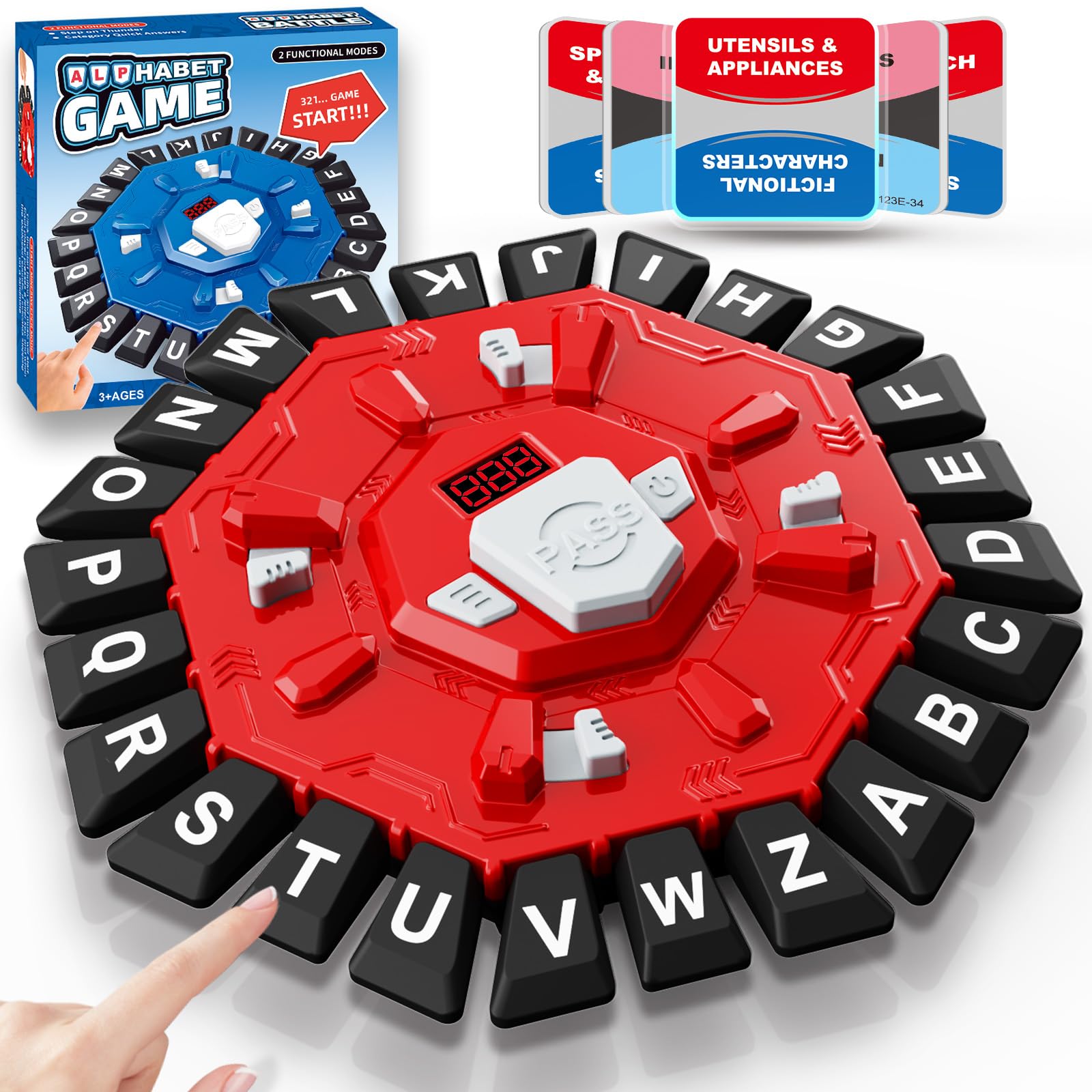Type Faster Without Losing Accuracy
Updated October 4, 2025
Many people push for speed—and then struggle with mistakes. The secret isn’t raw speed first; it’s **accuracy first, then speed**. In this guide, you’ll find a complete roadmap for improving your WPM (words per minute) while keeping your error rates low. Let’s dive into posture, drills, mindset, and technique.
1. Foundations: Proper Posture & Setup
If your foundation is shaky, speed will always be inconsistent. Let’s get the basics right:
- Hands & Wrists: Keep your wrists neutral (not bent up/down). Use a slight elevation or wrist rest if needed.
- Sitting Position: Feet flat, back straight, screen at roughly eye level.
- Keyboard & Key Travel: Use a responsive keyboard (e.g. mechanical or scissor switches). Don’t bottom out keys heavily.
- Touch Typing Over Hunt-and-Peck: Train yourself to rely on muscle memory instead of looking at keys.
A good posture not only protects your body but also ensures each keystroke is deliberate and consistent.
2. Accuracy First, Then Speed
Trying to type fast without accuracy is like sprinting without stable footing—you’ll stumble. Instead:
- Set a comfortable target speed where your error rate is ≤ 5% (e.g., 30 WPM).
- Type at that speed until you’re consistent. Then increase by small increments (5 WPM).
- If error rate spikes above acceptable threshold, slow down and re-calibrate.
This “speed layering” technique helps retain precision as your speed grows.
3. Precision-Enhancing Drills
Combine these drills to sharpen accuracy without losing speed:
- Slow-to-Fast Gradation: Start typing a sentence at 50% speed, then speed up gradually as accuracy allows.
- Error-Aware Drills: Type passages and correct every mistake before moving on.
- Key-specific drills: Practice hardest keys (e.g. “q”, “z”, “p”) using repeating patterns: “qzpqz pqz...”
- Word chunks: Type common word pairs or phrases (e.g. “the”, “and”, “for the”) until fluid.
Use the site’s Key Accuracy game to focus precisely on error reduction.
4. Monitor Your Progress
You can’t improve what you don’t measure. Here’s your tracking toolkit:
- Record your WPM + accuracy at the end of each practice session.
- Track error patterns (which keys or letter combos cause trouble?).
- Keep a log of “best runs” to push your personal benchmark.
- Reflect weekly: identify weakness areas and focus your drills.
5. Mindset & Breaks
Mental fatigue kills accuracy faster than attempting too high speeds. Keep your brain fresh:
- Limit practice sessions to 5–10 minutes max.
- Take short micro-breaks (look away, stretch, blink).
- Use rest days to consolidate gains.
- If errors escalate, stop and rest instead of pushing harder.
Pro Tip
Resist the urge to sprint prematurely. Grow in speed only when your accuracy comfortably stays above your threshold. Combine one typing session with a memory or logic exercise daily to keep your cognitive system balanced.
Go try a typing challenge →🧩 Recommended Brain Training Books & Memory Games
Disclosure: This section contains affiliate links. As an Amazon Associate, we earn a small commission from qualifying purchases at no extra cost to you — helping us keep this site free and fun for everyone.


